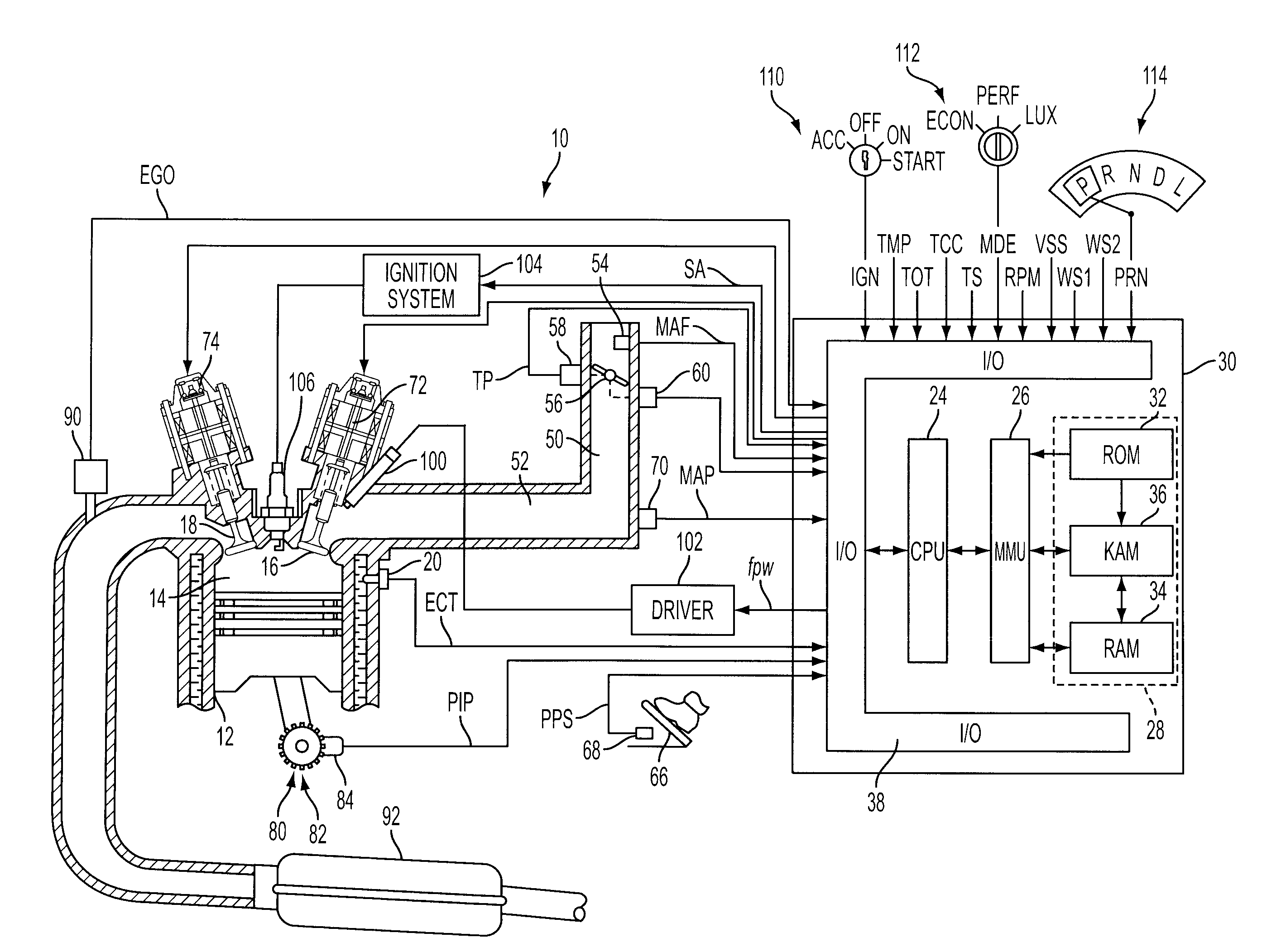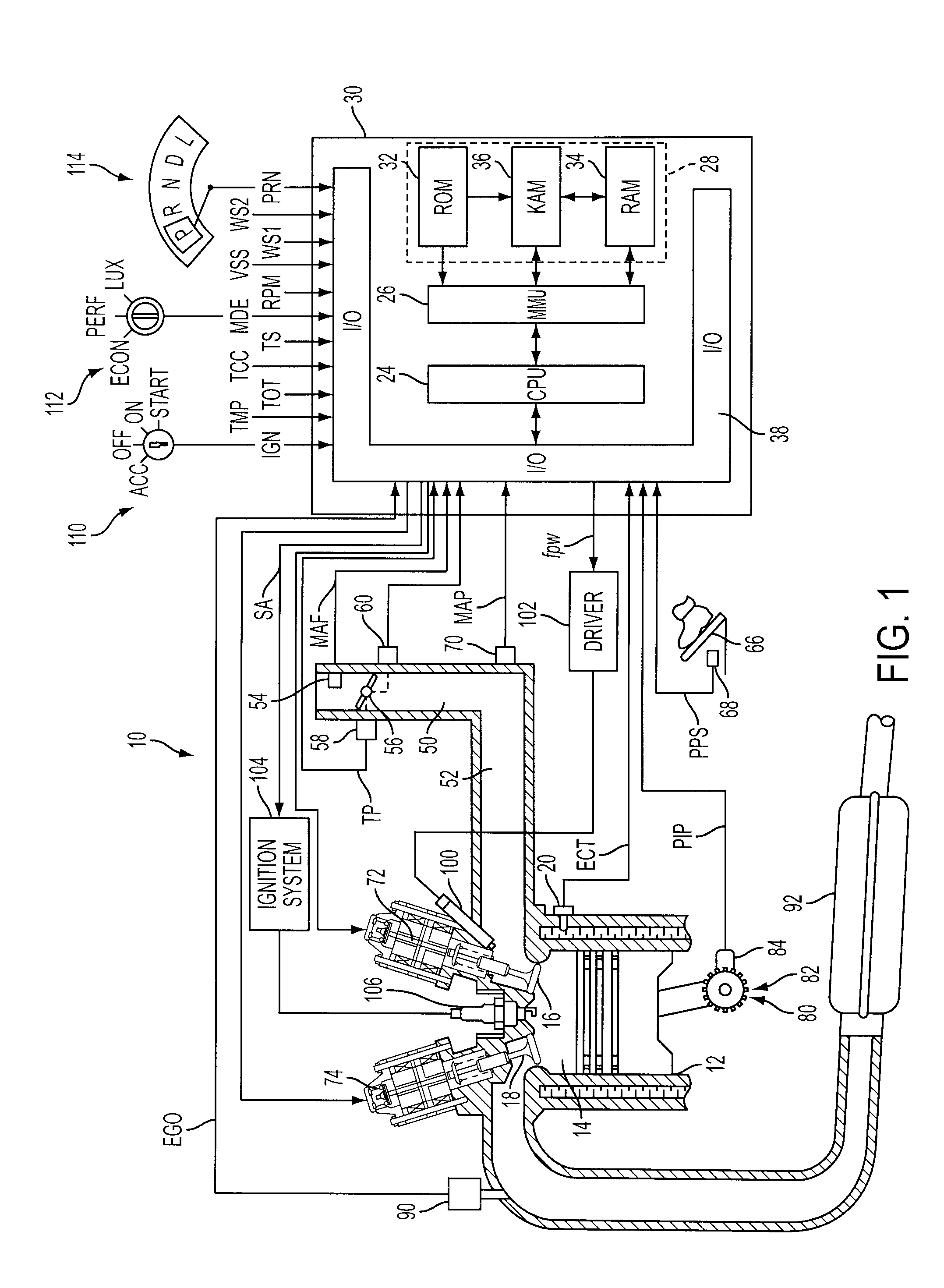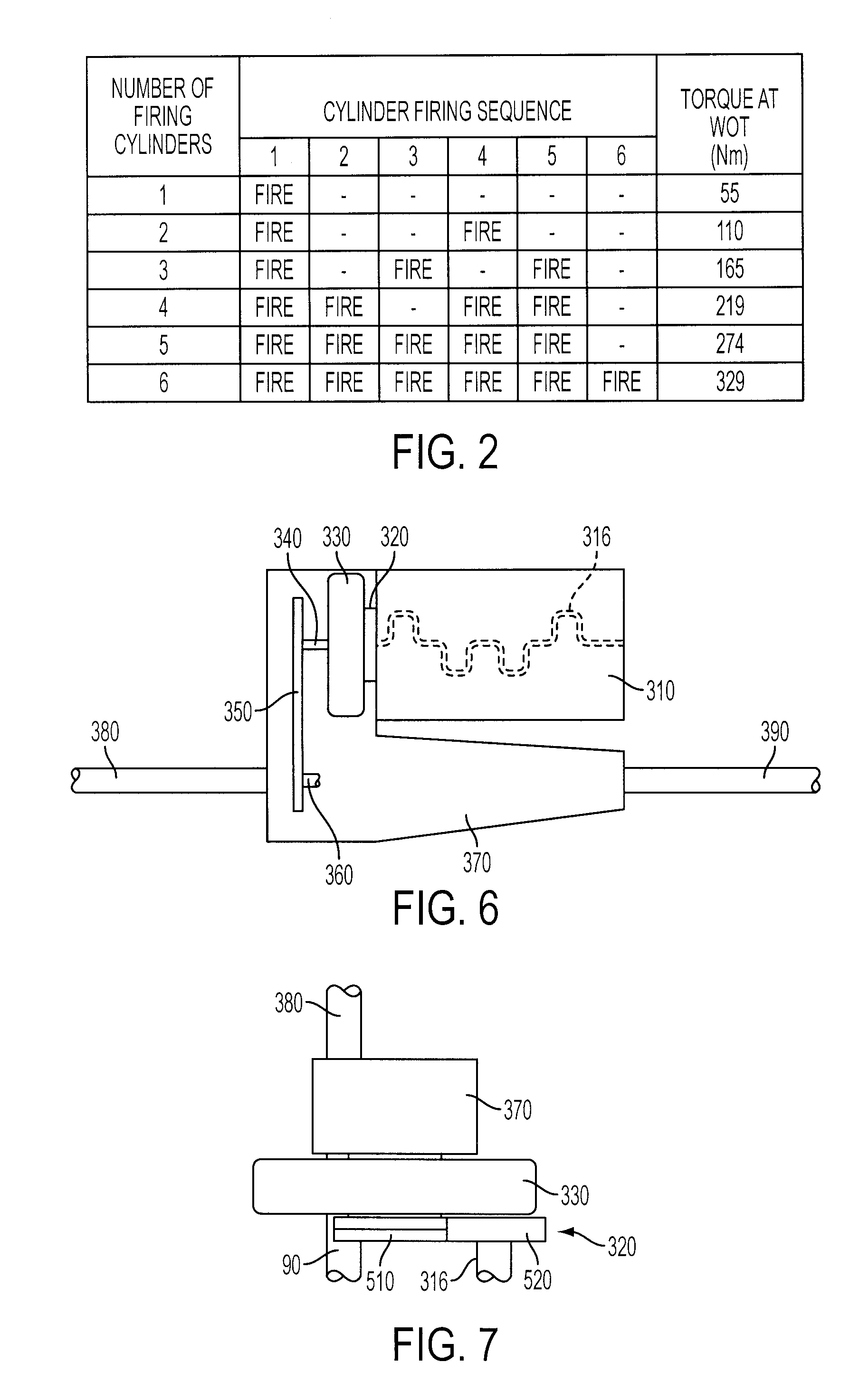Variable Displacement Engine Operation With NVH Management
a technology of variable displacement and engine, applied in hybrid vehicles, instruments, analogue processes for specific applications, etc., can solve the problems of limiting the power production of the engine, increasing the pumping loss, and reducing fuel efficiency, so as to reduce or eliminate the torque reaction, no backlash, and minimal elasticity
- Summary
- Abstract
- Description
- Claims
- Application Information
AI Technical Summary
Benefits of technology
Problems solved by technology
Method used
Image
Examples
Embodiment Construction
)
[0027]As those of ordinary skill in the art will understand, various features of the present disclosure as illustrated and described with reference to any one of the Figures may be combined with features illustrated in one or more other Figures to produce embodiments of the present disclosure that are not explicitly illustrated or described. The combinations of features illustrated provide representative embodiments for typical applications. However, various combinations and modifications of the features consistent with the teachings of the present disclosure may be desired for particular applications or implementations. The present disclosure relates to a system and method for controlling a reduced displacement mode or modes of a multiple cylinder internal combustion engine while managing NVH associated with torsional accelerations / decelerations associated with cylinder firings so that the reduced displacement mode can be used under more diverse operating conditions without being ...
PUM
 Login to View More
Login to View More Abstract
Description
Claims
Application Information
 Login to View More
Login to View More - R&D
- Intellectual Property
- Life Sciences
- Materials
- Tech Scout
- Unparalleled Data Quality
- Higher Quality Content
- 60% Fewer Hallucinations
Browse by: Latest US Patents, China's latest patents, Technical Efficacy Thesaurus, Application Domain, Technology Topic, Popular Technical Reports.
© 2025 PatSnap. All rights reserved.Legal|Privacy policy|Modern Slavery Act Transparency Statement|Sitemap|About US| Contact US: help@patsnap.com



